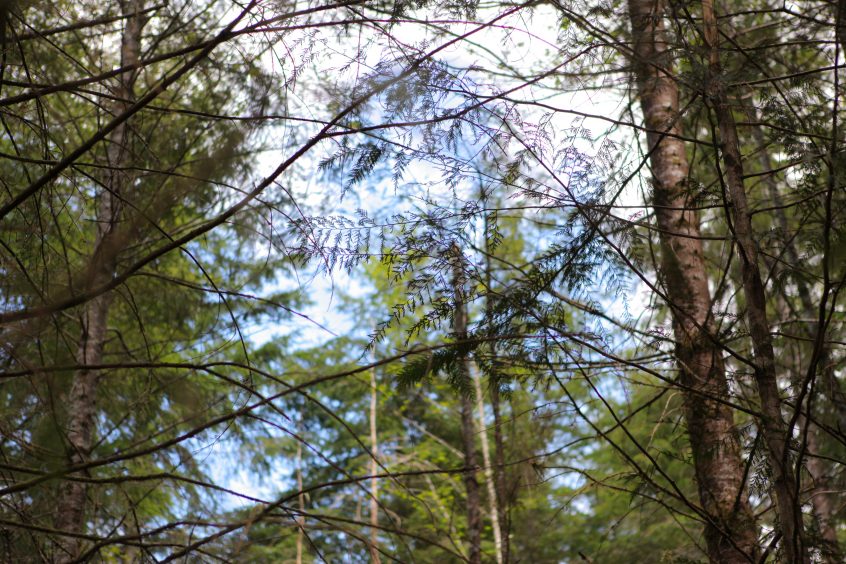A new article in the Centralia Chronicle explores the deep commitment of Washington forest landowners to sustainability, environmental stewardship and long-term planning.
Across the state, and in Lewis County alone, everyday thousands of foresters wake up and go out into the woods to manage our working forests to provide the wood products we buy at local building stores. We are proud that Washington is the 2nd largest lumber producer in the nation, providing the renewable wood to build homes and shelters for people, all the while protecting our most precious resources in the forest.
Forestry in Washington starts with planning over decades and even across generations.
For family forest landowners, there may only be one harvest in their lifetime, as working forests are often part of their retirement planning future. For large landowners, planning a decade in advance is common, by considering the current inventory of timber, identifying stands for harvest, through road construction and improvements, easements, and bounding out timber set- asides for potentially steep slopes, buffers for streams and sensitive wildlife areas.
Once landowners decide to harvest, they apply for a permit with the state.
Washington’s foresters operate under the most comprehensive set of regulations in the nation, with the adoption of the science-based and collaborative Forests & Fish Law. At every step of the way, landowners protect public resources, fish and wildlife habitat, forested streams, threatened and endangered wildlife, wetlands, potentially unstable slopes and sensitive sites.
Even after harvest, forest owners keep their eyes on the next generation of forest managers, to ensure the land is healthy for decades to come.
Most landowners go above and beyond state law requiring a forest plantation within three years after harvest – they typically replant as soon as possible to begin growing the next rotation forests, a renewable resource. Across the state, three trees are planted for every one harvested. That adds up to 52 million trees planted each year in Washington.
Forest practice regulations are changed over the years to account for the best available science, through a policy-making process called adaptive management.
With new scientific understanding, refinements are made through the adaptive management process to ensure that forest practices are always up to date.
For example, soil compaction has been found to reduce the regeneration capacity of a replanted forest. Foresters now use harvesting methods and machinery that minimize soil disturbance. Scientific research has shown the importance of leaving behind trees and downed logs for wildlife habitat. “Wildlife reserve” trees, green recruitment trees, snags, and downed logs are now left in harvested areas for birds and small animals.
